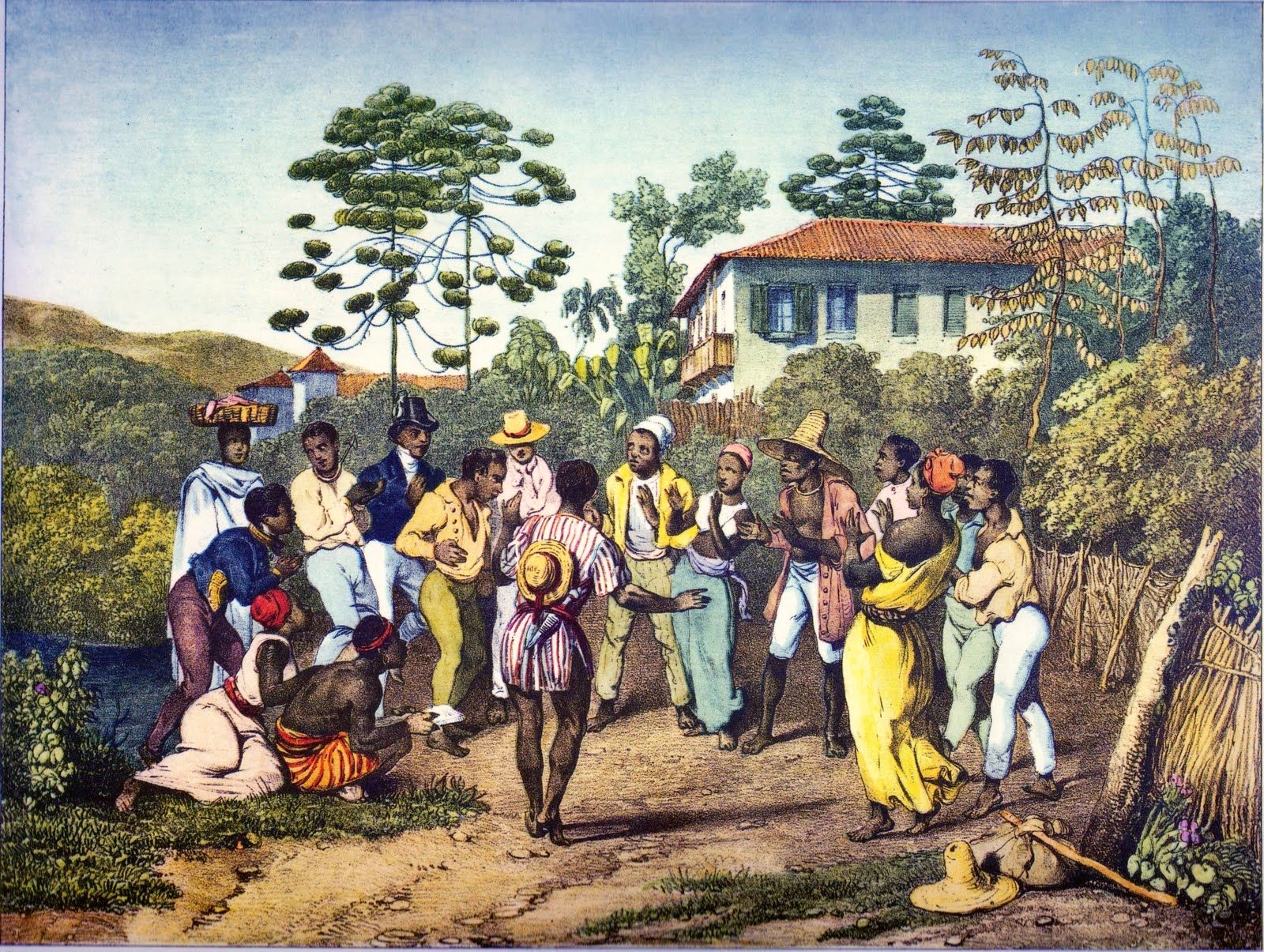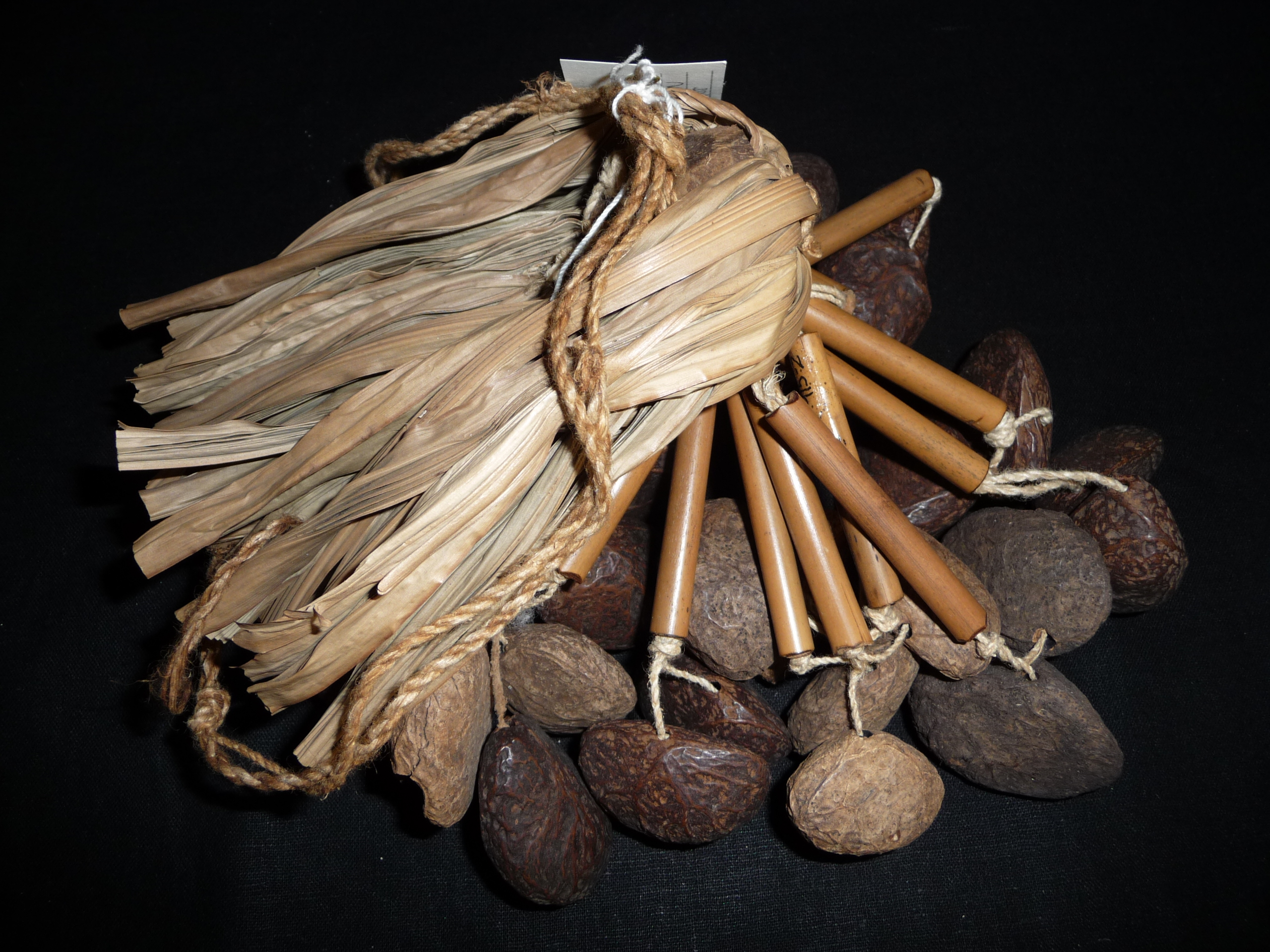|
Ganzá
The ''ganzá'' () is a Brazilian rattle used as a percussion instrument, especially in samba music. The ''ganzá'' is cylindrically shaped, and can be either a hand-woven basket or a metal canister which is filled with beads, metal balls, pebbles, or other similar items. Those made from metal produce a particularly loud sound. They are usually used to play a rhythm underneath the rest of the band. It is usually included in the Brazilian Samba as an undertone. The ''ganzá'' is classified as an indirectly struck idiophone. See also * Caxixi * Chocalho ''Chocalho'' is the generic name for "shaker" in Portuguese. There are various types of idiophones using this name in Portuguese, not always being the same instrument: *a shaker; *a kind of jingle stick used to play samba music; *a cowbell; Cho ... References Brazilian percussion Vessel rattles {{Rattle-stub ... [...More Info...] [...Related Items...] OR: [Wikipedia] [Google] [Baidu] |
Samba
Samba (), also known as samba urbano carioca (''urban Carioca samba'') or simply samba carioca (''Carioca samba''), is a Brazilian music genre that originated in the Afro-Brazilian communities of Rio de Janeiro in the early 20th century. Having its roots in Brazilian folk traditions, especially those linked to the primitive rural samba of the colonial and imperial periods, it is considered one of the most important cultural phenomena in Brazil and one of the country's symbols. Present in the Portuguese language at least since the 19th century, the word "samba" was originally used to designate a "popular dance". Over time, its meaning has been extended to a "batuque-like circle dance", a dance style, and also to a "music genre". This process of establishing itself as a musical genre began in the 1910s and it had its inaugural landmark in the song "Pelo Telefone", launched in 1917. Despite being identified by its creators, the public, and the Brazilian music industry as "samba" ... [...More Info...] [...Related Items...] OR: [Wikipedia] [Google] [Baidu] |
Rattle (percussion Instrument)
A rattle is a type of percussion instrument which produces a sound when shaken. Rattles are described in the Hornbostel–Sachs system as ''Shaken Idiophones or Rattles (112.1)''. According to Sachs, Rattles include: * Maracas, widely used in Cha Cha Cha and jazz. ** Chac-chac, as known in Trinidad, Dominica and the French Antilles. * The egg-shaped plastic chicken shake, filled with steel shot and available in varying tones depending on the size and quantity of shot. * Folk instruments especially used in ceremonial dance. * Toy rattles for infants. Though there are many different sorts of rattles, some music scores indicate simply a rattle (or the corresponding terms French ''claquette'', ''hochet''; Ger. ''Rassel'', ''Schnarre''; It. ''nacchere''). Examples * Chankana * Ganzá * Hosho * Maracas * Maracitos * Katsa * Chajchas * Rainstick * Kashaka History In Ancient Egypt, rattles were used during funerary rituals to signify regeneration in the after-life. R ... [...More Info...] [...Related Items...] OR: [Wikipedia] [Google] [Baidu] |
Percussion Instrument
A percussion instrument is a musical instrument that is sounded by being struck or scraped by a beater including attached or enclosed beaters or rattles struck, scraped or rubbed by hand or struck against another similar instrument. Excluding zoomusicological instruments and the human voice, the percussion family is believed to include the oldest musical instruments.'' The Oxford Companion to Music'', 10th edition, p.775, In spite of being a very common term to designate instruments, and to relate them to their players, the percussionists, percussion is not a systematic classificatory category of instruments, as described by the scientific field of organology. It is shown below that percussion instruments may belong to the organological classes of ideophone, membranophone, aerophone and cordophone. The percussion section of an orchestra most commonly contains instruments such as the timpani, snare drum, bass drum, tambourine, belonging to the membranophones, an ... [...More Info...] [...Related Items...] OR: [Wikipedia] [Google] [Baidu] |
Brazil
Brazil ( pt, Brasil; ), officially the Federative Republic of Brazil (Portuguese: ), is the largest country in both South America and Latin America. At and with over 217 million people, Brazil is the world's fifth-largest country by area and the seventh most populous. Its capital is Brasília, and its most populous city is São Paulo. The federation is composed of the union of the 26 states and the Federal District. It is the largest country to have Portuguese as an official language and the only one in the Americas; one of the most multicultural and ethnically diverse nations, due to over a century of mass immigration from around the world; and the most populous Roman Catholic-majority country. Bounded by the Atlantic Ocean on the east, Brazil has a coastline of . It borders all other countries and territories in South America except Ecuador and Chile and covers roughly half of the continent's land area. Its Amazon basin includes a vast tropical forest, ho ... [...More Info...] [...Related Items...] OR: [Wikipedia] [Google] [Baidu] |
Idiophone
An idiophone is any musical instrument that creates sound primarily by the vibration of the instrument itself, without the use of air flow (as with aerophones), strings (chordophones), membranes (membranophones) or electricity ( electrophones). It is the first of the four main divisions in the original Hornbostel–Sachs system of musical instrument classification (see List of idiophones by Hornbostel–Sachs number). The early classification of Victor-Charles Mahillon called this group of instruments ''autophones''. The most common are struck idiophones, or concussion idiophones, which are made to vibrate by being struck, either directly with a stick or hand (like the wood block, singing bowl, steel tongue drum, triangle or marimba) or indirectly, with scraping or shaking motions (like maracas or flexatone). Various types of bells fall into both categories. A common plucked idiophone is the Jew's harp. According to Sachs, idiophones Etymology The word is from Ancient G ... [...More Info...] [...Related Items...] OR: [Wikipedia] [Google] [Baidu] |
Caxixi
A caxixi () is a percussion instrument consisting of a closed basket with a flat bottom filled with seeds or other small particles. The round bottom is traditionally cut from a dried gourd. The caxixi is an indirectly struck idiophone. Like the maraca, it is sounded by shaking. Variations in sound are produced by varying the angle at which the caxixi is shaken, determining whether the contents strike the reed basket (softer sound) or the hard bottom (louder, sharper sound). It is found across Africa and South America, but mainly in Brazil and Cuba, used in staging the ritual. In Brazil, the smaller-sized caxixi began to be played alongside the berimbau. The larger sized caxixi were first used on recordings by Airto Moreira, but it was Naná Vasconcelos who furthered the use of caxixi for rhythmic accompaniment and colors. In West Africa, it is used by singers and often alongside drummers. Natives believed the caxixi to summon good enchanted spirits and to ward off evil ones. Mo ... [...More Info...] [...Related Items...] OR: [Wikipedia] [Google] [Baidu] |
Chocalho
''Chocalho'' is the generic name for "shaker" in Portuguese. There are various types of idiophones using this name in Portuguese, not always being the same instrument: *a shaker; *a kind of jingle stick used to play samba music; *a cowbell; Chocalhos are typically used as a support to the sound of the pineapple caixas, to sustain the rhythm in the bateria The term ''bateria'' means “drum kit A drum kit (also called a drum set, trap set, or simply drums) is a collection of drums, cymbals, and other auxiliary percussion instruments set up to be played by one person. The player (drummer) ty .... This instrument consists of an aluminum or wooden frame with a number of rows, each carrying pairs of jingles (platinelas). The chocalho is played by shaking it back and forth and pumping the arms up and down. Also known as Rocar. Idiophones Brazilian musical instruments {{Idiophone-instrument-stub ... [...More Info...] [...Related Items...] OR: [Wikipedia] [Google] [Baidu] |
Brazilian Percussion
Brazilian commonly refers to: * Something of, from or relating to Brazil * Brazilian Portuguese, the dialect of the Portuguese language used mostly in Brazil * Brazilians, the people (citizens) of Brazil, or of Brazilian descent Brazilian may also refer to: Sports * Brazilian football, see football in Brazil * Brazilian jiu-jitsu, a martial art and combat sport system *''The Brazilians'', a nickname for South African football association club Mamelodi Sundowns F.C. due to their soccer kits which resembles that of the Brazilian national team Other uses * Brazilian waxing, a style of Bikini waxing * Brazilian culture, describing the Culture of Brazil * "The Brazilian", a 1986 instrumental by Genesis * Brazilian barbecue, known as churrasco * Brazilian cuisine See also * ''Brasileiro ''Brasileiro'' is a 1992 album by Sérgio Mendes and other artists including Carlinhos Brown which won the 1993 Grammy Award for Best World Music Album. Track listing # "Fanfarra" ( Carlinhos B ... [...More Info...] [...Related Items...] OR: [Wikipedia] [Google] [Baidu] |



